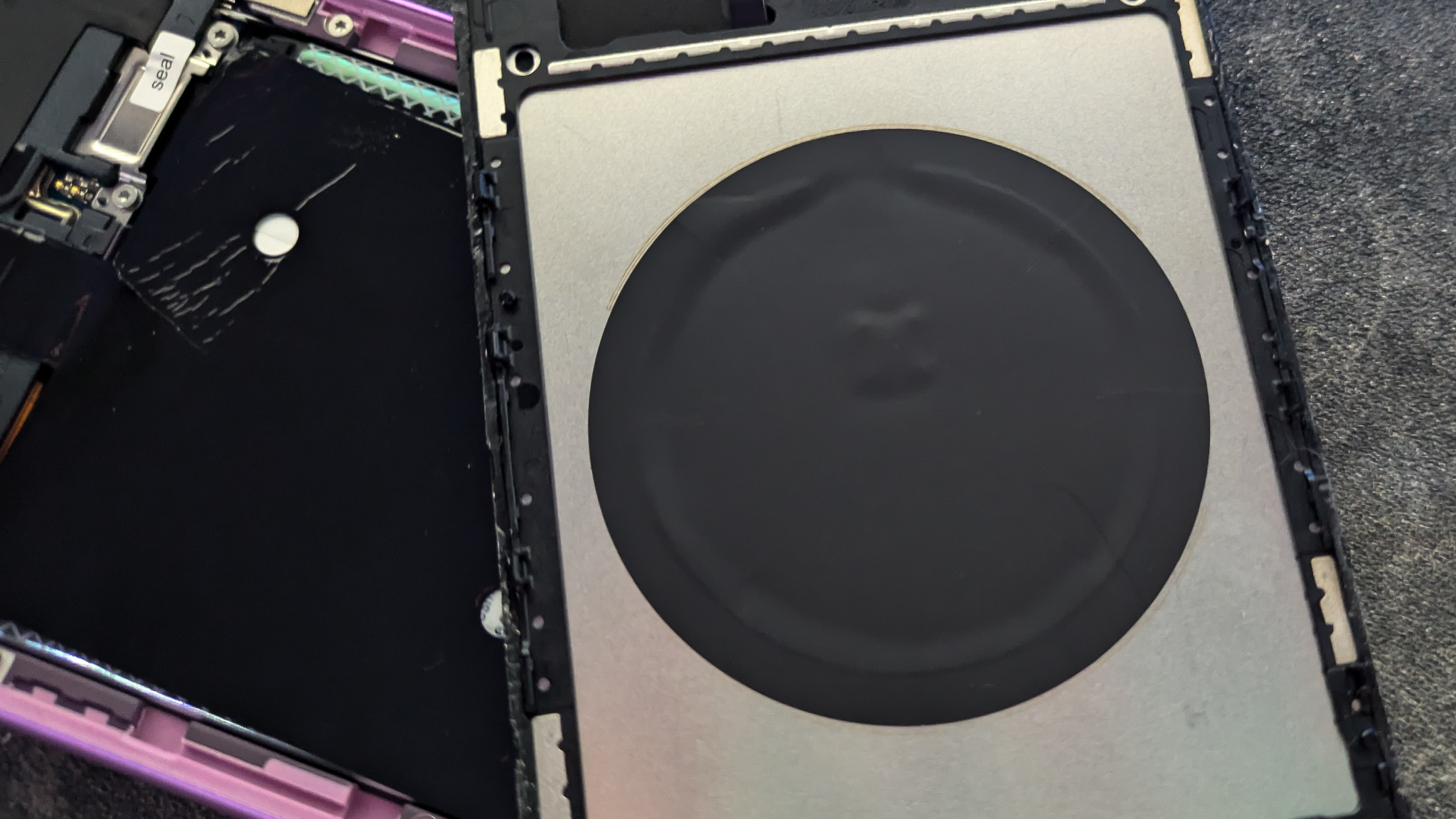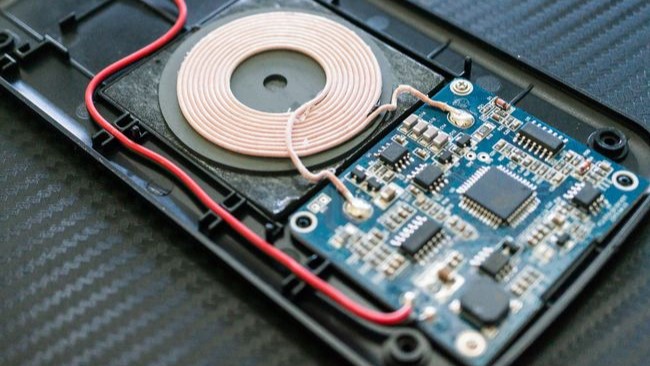
HMD has sent me their new Skyline to take a look at, review, and tear apart. Billed a great phone for creators, it also hosts new ideas about repairability and is dead simple for anyone — not just a skilled technician — to open and perform basic repairs and replacements.
It's also the first Android phone to be widely released that supports the Qi2 standard out of the box. You don't need a case or a fancy black plate to use the new generation of wireless charging on this one.
I'm a nerd. I have this cool new pink phone (it's so very pink) with fancy camera features, and what I really care about is how easy it is to tear it apart so I can look at things like the Qi2 charging coil (spoiler: it's disappointing and a Qi2 coil looks very much like a Qi coil.) That's mostly because I don't think Qi2 is a good idea.
It may sound like blasphemy, and people who want wireless charging with all the convenience of magnets may disagree, but in the long term, I believe Qi2 is going to stifle innovation in this area.
What is Qi2 and why is it great?

Qi2 is MagSafe. It's not "like MagSafe," it is MagSafe because Apple provided what was needed for free to the standards committee. It's now an open standard from the WPC (Wireless Power Consortium) that defines how wireless charging coils can be combined with a "magnetic power profile" to ensure the coil in the charger and the coil in the phone are perfectly aligned. In layman's terms, it is the original Qi wireless standard with Apple's MagSafe idea attached to it.
This is not a bad thing. It's great that Apple was willing to contribute and give up its usual MFi certification or requirement of genuine Apple hardware and provide a working profile standard. By making sure the coils are properly aligned, devices will charge faster and waste less power. It's also not as easy as you might think it is because magnets can easily interfere with inductive (wireless) charging — especially when nearby like they are in Qi2-certified devices.
It's also a really good idea for most phone makers and consumers. At least in the short term. Standards mean you can use the same wireless charger for both an iPhone and an Android phone as long as both support them. Since the standard is open and free for anyone to use the list of supported devices will be a lot higher.
For phone makers like HMD, it means they do not have to engineer their own solutions. The company knows that if it follows the standard, you can buy a compatible charger and it just works.
In almost every case a standard is a good thing, and we should get behind them even if it means a little more regulation when enforcing them. Almost every case.
What's wrong with Qi2?

Nothing is wrong with Qi2 today. It's a way to deliver wireless charging to any device in a safe way, using cheap commercially available chargers without the markup of a name brand attached. It's important to remember that copper wire, magnets, and plastic are the same regardless of which company uses them. With certification, you can be assured that a cheap charger from Amazon is as safe and effective as an expensive one with a big tech company's name on it.
This is a good thing, but it's also a problem. A company like HMD may not be ready to dedicate the time and money to a five-person team to develop a better way to align a wireless charger, but Apple, Samsung, or OnePlus will.
If OnePlus — a company known for pushing the limits when it comes to charging tech — does develop a new and better way, it would need to build a device that works poorly (if at all) with existing equipment you probably already have. If you buy a phone that claims to charge wirelessly in 30 minutes, having it take three hours to charge with your existing equipment is a bad look.
That's what would happen because of the way "compatibility" is managed with the Qi2 standard. If it works and is safe, but it doesn't have approved and certified Qi2 components, it cuts charging rates to the bare minimum. This wastes power and lengthens your charging time, defeating the very idea of Qi2.

"Magnetic charging" isn't new. Sony and Samsung offered magnetic charging systems more than 10 years ago, and everyone remembers Apple's magnetic MacBook chargers. The difference now is that the charging methods and standards are tied to the magnetic latching system.
If this all sounds like techno-nerd babble, I get it. What I'm saying is that OnePlus, for example, has no incentive to build a better system because nothing it makes will work well with everything that's out there right now. Wireless charging is just like that because of how it works; it sort of has to be. For now, anyway. What if OnePlus could change that?
It's a big ask, but I would love to see the magnetic power profile part of Qi2 separated from the wireless power transfer part. Ideally, Qi2 would be the latest wireless transfer standard and something like QiM could handle things like clearance and placements of magnetic points of attachment. I hate that they are bundled together, even if it's an optional standard.
This way, OnePlus could build it better but maintain compatibility in a way that makes its new powerful wireless charger not suck. Until then, you won't want to use anything new or different.







